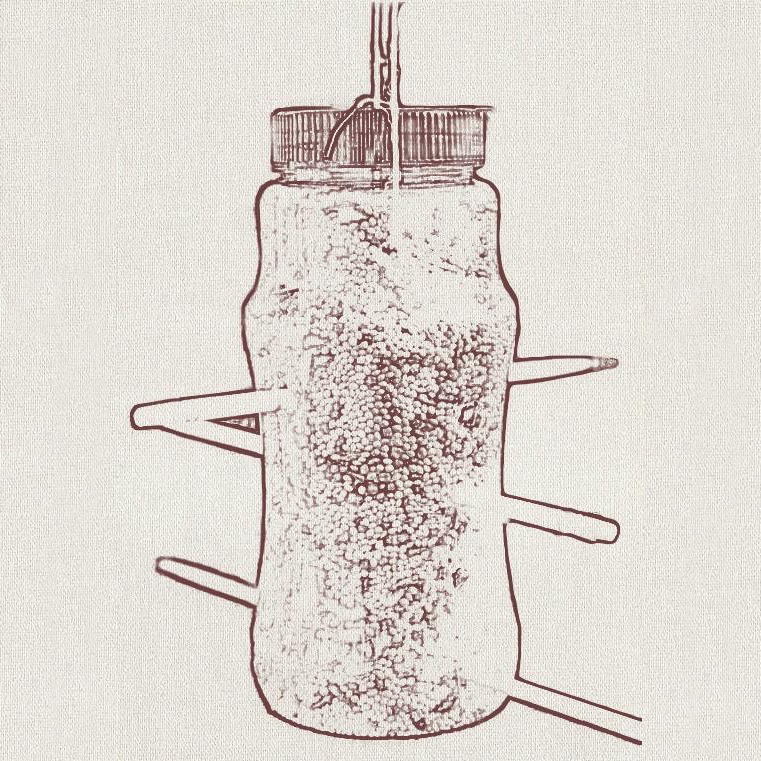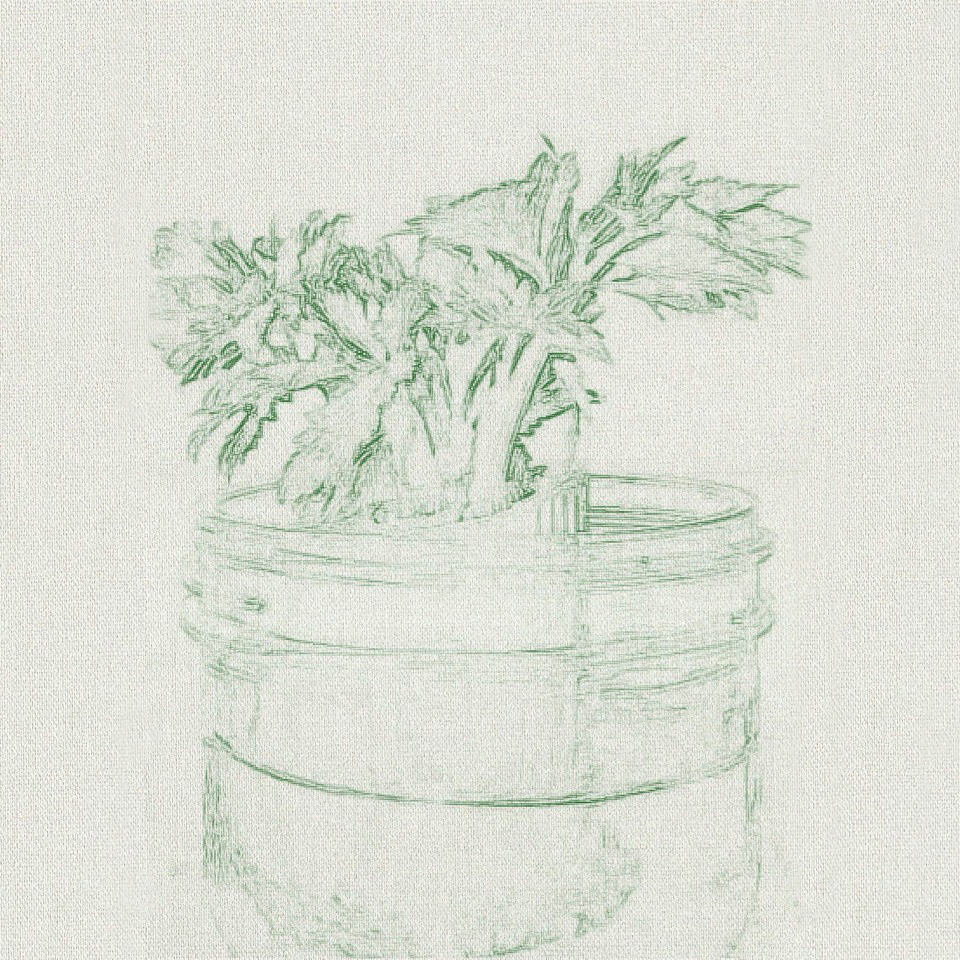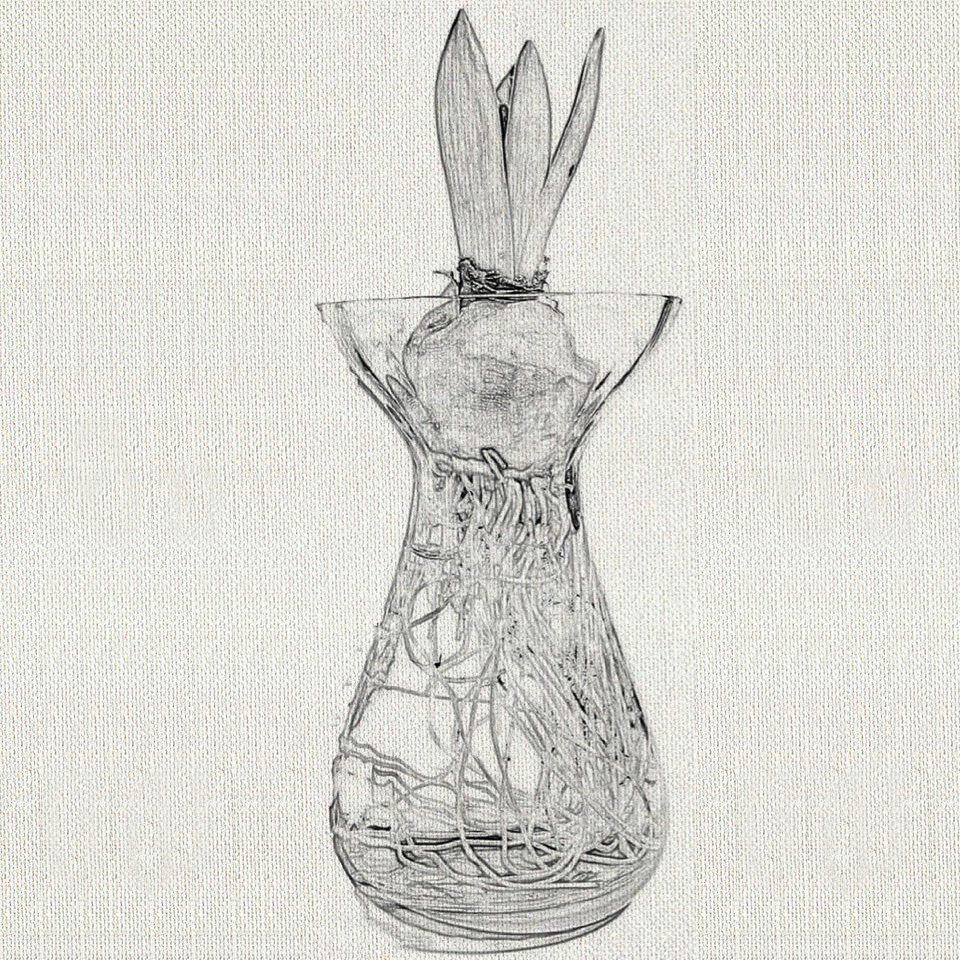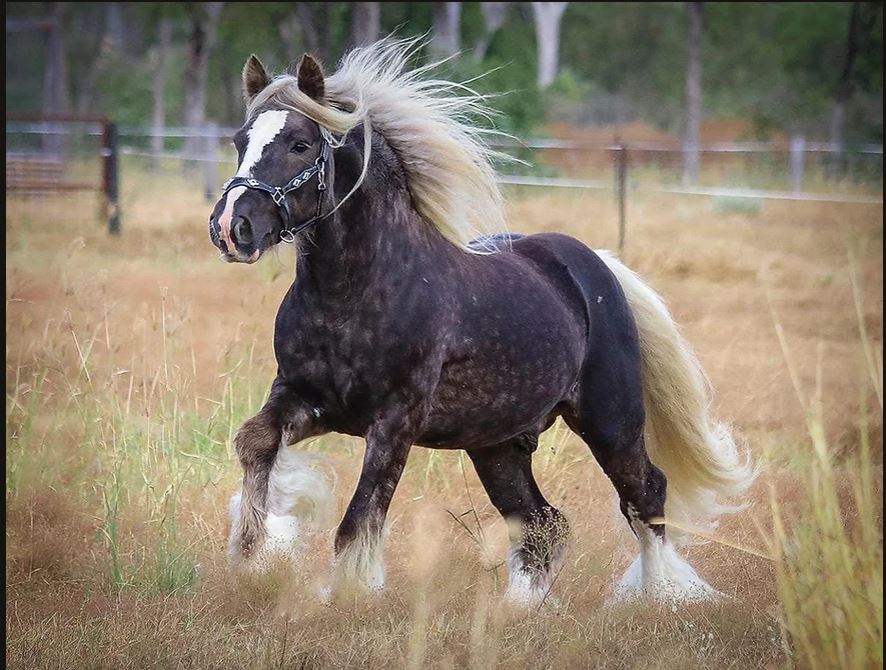March 30th, 2020Glen, about the house Idle times – idle hands…
Last issue I gave you some clues for putting this current free time into enhancing your garden. Now, here are some projects and activities that should keep young (and not so young) hands and minds occupied and, hopefully, awaken an interest in all things botanic.
Once upon a time…well, it was about three decades ago, soon after we moved here, I was invited to run a weekly garden club for the senior students at Daylesford Primary School, most of whom were volunteers maintaining the beautiful school gardens.
It ran for several school terms and we had a great time, although perhaps except for one tiny moment when, at the end of the first session, one lad expressed a little disappointment. “I thought you were going to be Kevin Heinze!” Fortunately he soon forgave me and we became good pals. My old compatriot Kevin later thought it was hilarious.
Apart from the few seeds and seedlings I initially took with me, all the activities were created from recycled bits and pieces my eager crew brought from home. That situation is pretty much the same now.
The first and basic project was to grow vegetables from seeds sown in an empty egg carton. After slicing off the lid (to be kept as a drip tray under the plants), make a small drain hole with a knitting needle or large nail in the bottom of each compartment then fill each with some potting soil and insert a seed just under the surface.
Place the “garden” on a well-lit windowsill or some other warm spot, watering lightly every few days until the first leaves appear. For little hands, large seeds of fast-emerging plants are best. Dried beans from the pantry, or pumpkin and watermelon are great once dried. These can later be planted out in a “special place” in the garden.
The next project involves a large, empty, plastic drink bottle. This can be used in two different ways. Either cut in halves horizontally to use the bottom half as a “cloche” or bell jar to place over a pot plant, or cut in halves lengthwise to become a mini glasshouse when placed over the egg carton tray.
Another simple project, sure to please, is a hanging bird feeder made from either a lidded clear plastic bottle which, pictured top, has several wooden dowels (or chopsticks) poked through it as perches and small holes located just above each for the birds to peck out the seeds.
An alternative, undercover feeder can be made from one of the rectangular detergent-type containers, usually with an offset top handle. For this you cut out a section from the handle side large enough to make a “porch” with a reasonable space beneath to fill with seed. This will enable the birds to actually fly inside the container to feed. Hang them out of reach of predators (both two- and four-legged) in a shady tree or shrub. Make sure it’s located within viewing from a window, where the birds can been seen unmolested.
New plants from waste
You have no doubt seen, or even grown, flowering bulbs such as hyacinths or tulips in a glass jar or vase. This is also a bullet-proof way to grow other bulbous or big seeded plants such as sweet potatoes, avocados, tuberous iris, etc. It isn’t necessary to use the specially shaped bulb vase, pictured centre, you can simply suspend them at the correct height above the water – just deep enough to keep the bottom wet and encourage root growth – by inserting three or four toothpicks at a strategic height around them. Place them on a warm, sunny windowsill. Simply top up the water as it recedes.
Once their roots fill the base of the container they can be potted up or planted out in the garden. Or in the case of flowering bulbs, once they die back, store them for the next season.

You can recycle leaf vegetables such as celery or bok choy, by leaving 4 or 5 cm of stem on the base to revegetate in water, pictured bottom. Place the plant base in a glass vase or jar with 3cm or 4cm of water-filled gravel or stones at the bottom.

Most root vegetables such as beetroot, carrots and parsnips can be reborn in water, in their case, when you take their tops off leave at least one centimetre of “flesh” below the leaf base circle to generate root growth.
The brightly coloured beetroot leaves and ferny fronds of the carrots make their resurrection worthwhile. Grow them in a shallow dish or saucer sitting on a constantly moistened pad of paper tissue or a circle of kitchen washing sponge, again, in a warm, well-lit place.

Well, that should start your creative juices flowing and get your offspring gainfully occupied.
More next week, including how to give your plants a “reverse tattoo”.










